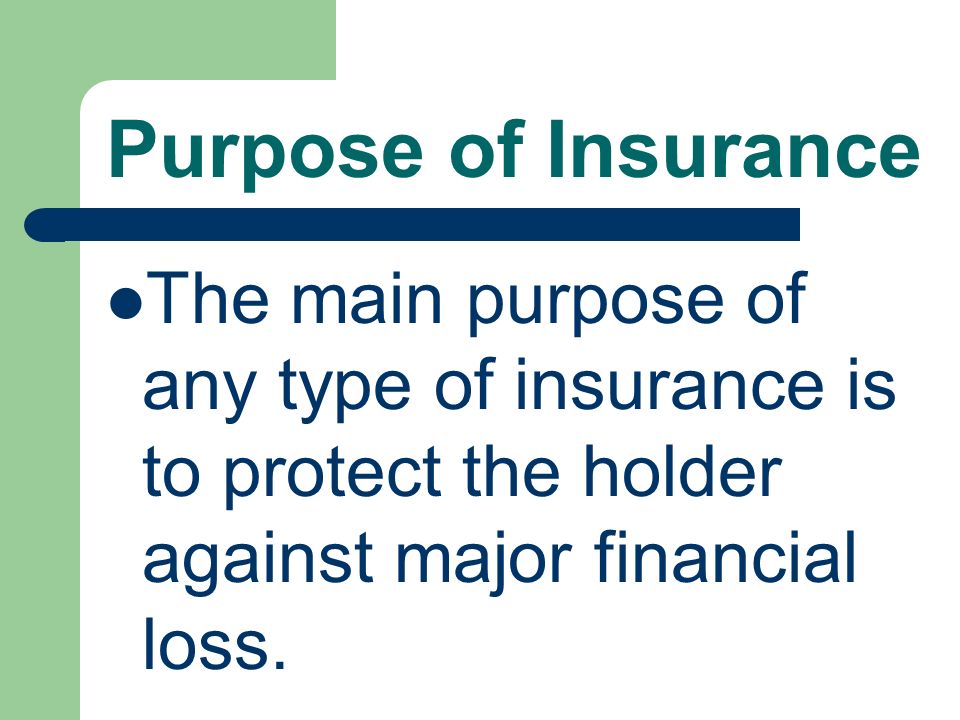Not known Factual Statements About Pacific Prime
Table of ContentsPacific Prime Can Be Fun For AnyoneThe 10-Second Trick For Pacific PrimeThe 10-Minute Rule for Pacific PrimeThe 5-Second Trick For Pacific Prime
In most states, the insurance firm is called for to send you a duplicate of the adjustments to your plan. It is essential that you review Endorsements or Bikers so you comprehend how your policy has transformed and if the plan is still ample to fulfill your needs. To get a duplicate of your insurance plan, please call your insurance coverage representative or business.
The Institute of Medication (IOM) Committee on the Consequences of Uninsurance launches an extended exam of evidence that addresses the value of medical insurance coverage with the publication of this report. Protection Matters is the very first in a collection of six reports that will certainly be provided over the following 2 years documenting the truth and consequences of having an estimated 40 million individuals in the USA without wellness insurance policy coverage.

The Basic Principles Of Pacific Prime
The goal of this collection of research studies is to redouble policy interest on a historical issue. Following the lengthiest economic expansion in American background, in 1999, an approximated one out of every six Americans32 million adults under the age of 65 and even more than 10 million childrenremains uninsured (Mills, 2000).

10 percent of the populace represent 70 percent of healthcare expenses, a connection that has stayed constant over the past 3 decades (Berk and Monheit, 2001) - international health insurance. Hence health insurance continues to offer the feature of spreading out danger also as it significantly funds routine treatment. From the point of view of health and wellness care suppliers, insurance coverage carried by their patients helps protect a profits stream, and neighborhoods benefit from economically sensible and stable health care professionals and establishments
Federal government provides medical insurance to populations whom the personal market might not offer effectively, such as handicapped and index senior citizens, and populaces whose accessibility to healthcare is socially valued, such as children and expectant females. The ultimate ends of health and wellness insurance policy coverage for the private and neighborhoods, consisting of office neighborhoods of staff members and employers, are improved wellness end results and quality of life.
The Only Guide for Pacific Prime
Staff members rank health insurance coverage first without a doubt in significance among all the advantages used in the office (Salisbury, 2001). There have been sizable financial investments of individual and public funds to provide health and wellness insurance policy, numerous individuals still have no insurance coverage. In spite of substantial reporting of study findings and wellness treatment research study results, the basic public remains baffled and mistaken about Americans without medical insurance and the effects of lacking protection.

Without doubt, the complexity of American healthcare funding mechanisms and the riches of resources of information contribute to the general public's complication and uncertainty about health and wellness insurance policy stats and their analysis. This record and those that will certainly adhere to goal to boil down and offer in conveniently easy to understand terms the substantial research study that births on concerns of medical insurance coverage and its value.
Fifty-seven percent of Americans surveyed in 1999 thought that those without medical insurance are "able to get the care they require from doctors and healthcare facilities" (Blendon et al., 1999, p. 207). In 1993, when nationwide attention was concentrated on the issues of the without insurance and on pending wellness treatment legislation, just 43 percent of those surveyed held this idea (Blendon et al., 1999).

They additionally receive less preventive solutions and are less likely to have routine care for chronic problems such as high blood pressure and diabetes mellitus. Persistent conditions can cause costly and disabling difficulties if they are not well handled (Lurie et al., 1984; Lurie et al., 1986; Ayanian et al., 2000). One national study asked greater than 3,400 adults about 15 highly significant or somber problems.
Everything about Pacific Prime
Extra evidence exists later on in this chapter in the conversation of insurance coverage and accessibility to health and wellness care. https://iridescent-horse-hspdzg.mystrikingly.com/blog/welcome-to-pacific-prime. Individuals without medical insurance are young and healthy and balanced and pick to do without protection. Practically fifty percent (43 percent) of those evaluated in 2000 believed that individuals without medical insurance are more probable to have wellness issues than people with insurance
Voters and plan manufacturers in focus team conversations define those without insurance policy as youths that have the chance to be covered and feel they do not require it (Doorperson Novelli, 2001). Compared to those with at the very least some exclusive insurance coverage, the without insurance are less most likely to report being in exceptional or really excellent wellness (Company for Health Care Study and Top Quality, 2001).
SOURCE: Center for Price and Funding Research Studies, Company for Healthcare Study and Top quality, based upon MEPS data. Youthful grownups between 19 and 34 are much more most likely to lack medical insurance than any other age team. This is chiefly because they are much less often eligible for employment-based insurance policy as a result of the nature of their job or their brief period in it.
The perception that people without insurance policy have better-than-average health adheres to from confusing the fairly young age account of the without insurance with the better health and wellness, typically, of more youthful individuals. This covers the link between health and wellness standing and medical insurance. For those without access to office medical insurance, poor health and wellness is a possible obstacle to purchasing nongroup insurance coverage due to the fact that such coverage may be highly priced, leave out pre-existing conditions, or be merely not available.